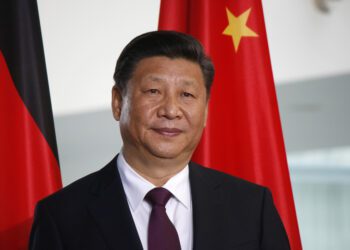Most finance professionals dread the Q&A portion of presentations. We see raised hands and immediately think we’ve failed to communicate clearly. But here’s what successful FP&A leaders know: questions equal engagement, not derailment.
The 6 Types of Finance Questions You’ll Always Face
Before diving into the FRAME technique, let’s acknowledge what you’re up against. Every finance professional encounters these six categories of challenging questions:
1. Data Credibility Challenges
“That number can’t be right.” or “Where did you get this data?”
2. Methodology Questions
“Walk me through your logic.” or “How did you arrive at these assumptions?”
3. Resource Objections
“We don’t have the manpower for this.” or “Where will we find the budget?”
4. Timing Concerns
“Why should we do this now?” or “That timeline seems impossible.”
5. Risk-Related Objections
“This seems too risky.” or “What if the market changes?”
6. Skepticism from Past Problems
“Why should we trust this analysis?” or “Last time we tried something similar, it failed.”
Do any of these sound familiar? These questions can derail even the most prepared presenter, unless you have a framework for handling them strategically.
Overview of the FRAME Technique
The FRAME approach gives you a systematic approach to handling any objection or question with confidence and clarity:
- F – Focus on the question, not the tone.
- R – Reflect the concern back.
- A – Acknowledge the business context.
- M – Map your insight to their concern.
- E – Explain the impact or trade-off.
Let’s see how FRAME handles a real-world objection from start to finish.
Remember: every tough question is an opportunity to demonstrate your strategic thinking and build stakeholder relationships. The FRAME technique prepares you to seize those opportunities.












